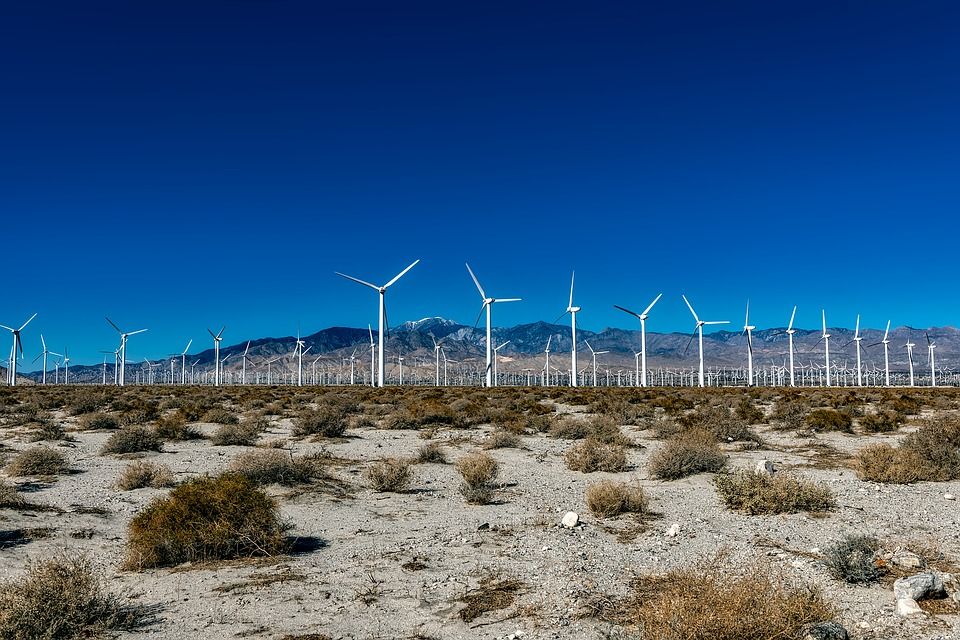100% renewables makes financial sense for Iran
According to a new study, if Iran transitions to a fully renewable electricity system, the nation would see financial gains as early as 2030

According to a new study, if Iran transitions to a fully renewable electricity system, the nation would see financial gains as early as 2030.
Researchers at the Lappeenranta University of Technology (LUT) in Finland found that if Iran's electricity system ran on 100 per cent renewable energy, it would be 50 per cent to 60 per cent cheaper than nuclear or fossil-fuel-carbon-capture-storage (CCS) options.
For example, the cost of fossil-CCS is approximately $127/MWh.
In contrast, the price of fully renewable energy electricity is estimated at $42-63/MWh, based on financial and technical assumptions for the year 2030.
The study reveals that the cost of wind and solar power could fall as low as $39 to $58/MWh, if different energy resources were connected to a “super grid” allowing for the transmission of high volumes of electricity across longer distances.
According to the University, Iran would need to install 77 gigawatts (GW) of wind power, 49 GW of solar and 21 GW of hydropower to achieve a 100 per cent renewable electricity grid.
Most of the hydropower already exists, but the solar and wind capacities would require new investments; at present, the country has 129 MW of installed wind power.
Earlier this year, Iranian Energy Minister, Hamid Chitchian, confirmed the nation’s Finance Ministry’s proposals to invest $3 billion in delivering 5 GW of new clean energy capacity.
LUT Professor Christian Breyer said: “The low cost renewable electricity system is a driver for growing standards of living, continued economic growth, in particular also for energy intensive products, and finally more peace.”
The results of the study were published at the 11th International Energy Conference held in Tehran, Iran, and presented during COP22 in Marrakech to official representatives of the Middle East and North Africa (MENA) region.
Never miss an update by signing up to our free newsletter here.


